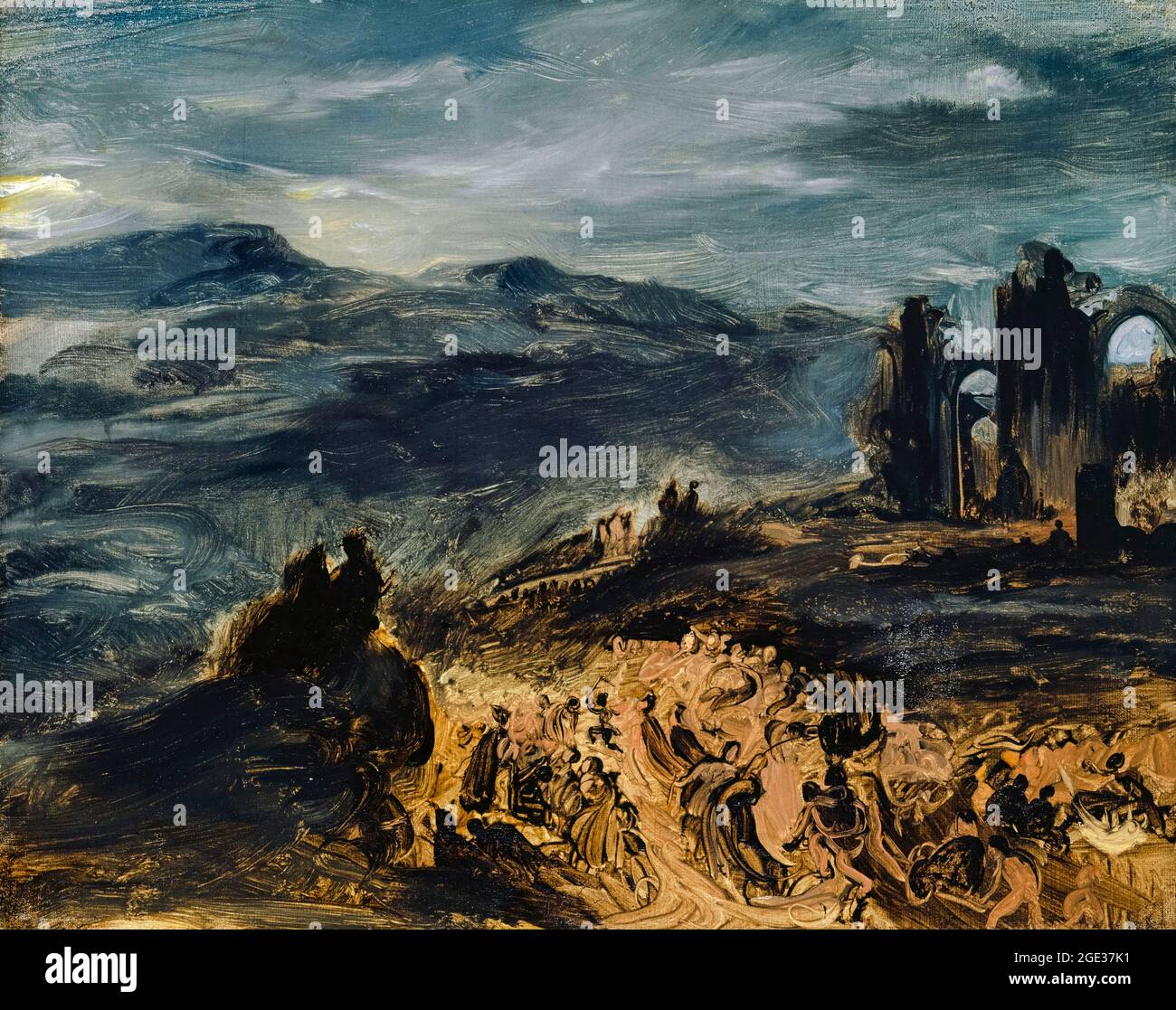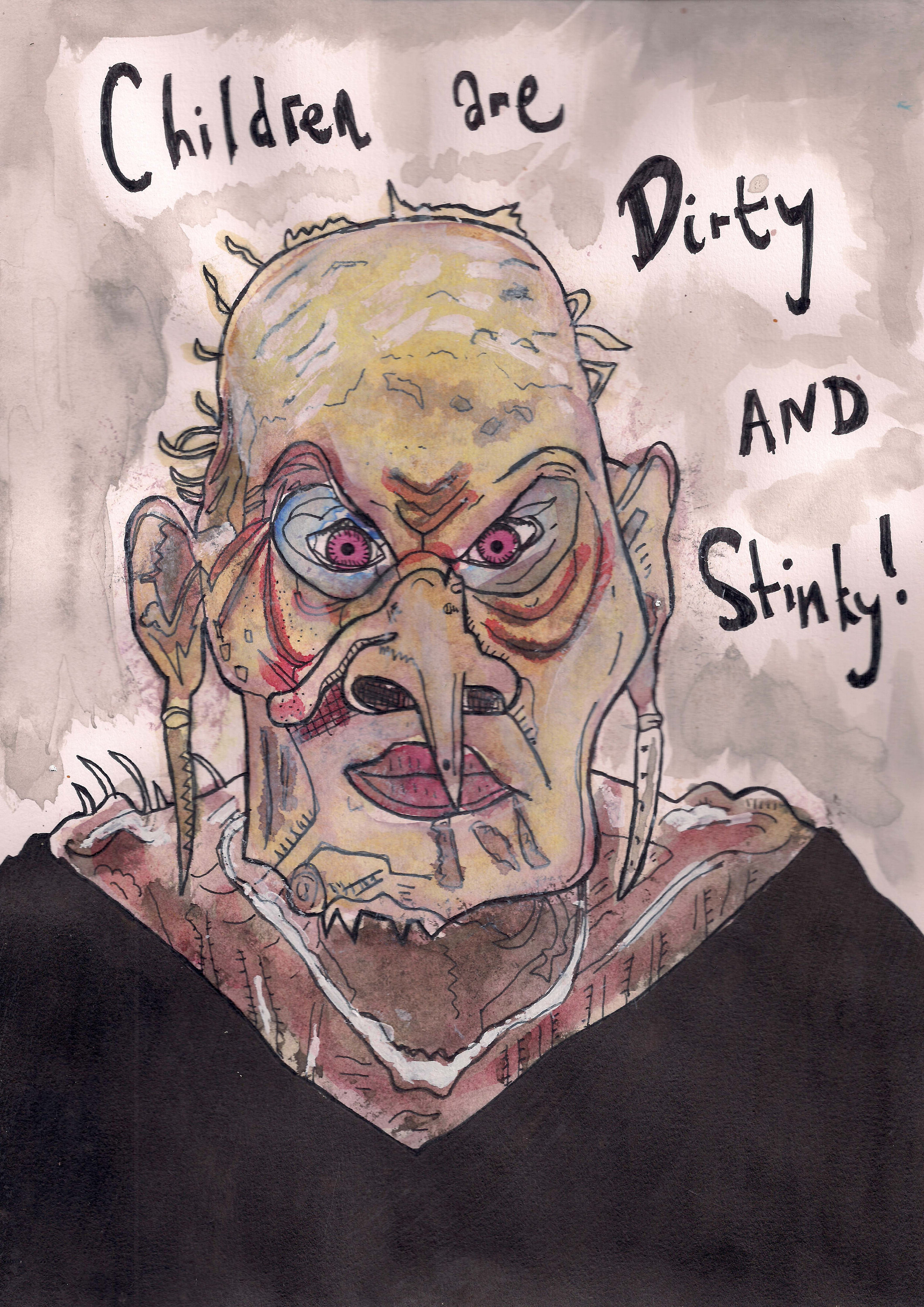



On the 13th September 1916, Roald Dahl was born in Llandaff, Wales, to Norwegian parents. Trace Roald Dahl’s footsteps Llandaff, Wales It is for this reason I wanted to trace Roald Dahl’s life, to help understand the personal journey he went through and how his movements inspired his works. This wonderful man serves as a reminder of the power travel has: it broadens minds, introduces new cultures and ideas, serves up new flavours and ingredients you could only dream of, and stokes the imagination. There’s no doubt his travels and expeditions spilled over into his writing. His life was bound up with adventure, misfortune and happiness. Of course, when you delve into Roald Dahl’s personal life a bit more, you start understanding why he was so ferociously talented when it came to conceiving such tall tales. The possibilities are endless, no matter what the circumstances are.

I’d argue that the magic that runs so deep in the veins of his books doesn’t pave the way for delusion or ignorance, but, rather, provides a sense of invincibility that should be instilled in every child. By addressing themes such as death, abuse, neglect and poverty in his unique, whimsical manner, Dahl continues to capture the hearts and ingenuity of all generations. The porpoise spoke and laughed with his brothers and sisters whilst giving them all rides on his back.Synonymous with that magical, elusive period we call “childhood”, the works of Roald Dahl explore the limitless power of the imagination, and help readers – both young and old – negotiate life’s hardships. How did Leif’s parents know that the porpoise who replaced their child whilst swimming in the fjord really was Leif? The fourth child in the grandmother’s story was a young boy called Leif who was turned into a porpoise by witches. Visitors to his parent’s house would lean umbrellas and walking sticks up against him. What did visitors use Harald for, after he turned to stone?Īn umbrella stand. The third child who came into contact with a witch in the grandmother’s story was called Harald. The second child who disappeared in the grandmother’s story was called Birgit Svenson. From time to time she would move her position in the painting. Her father saw that somehow she was now a part of a painting which hung in the sitting room. She came home from school eating an apple which she said a nice woman had given to her. The narrator’s grandmother tells a story about how a number of children vanished after encounters with witches. Their car skidded on the icy road and went tumbling down an icy ravine. From which country did the first witches come from?


 0 kommentar(er)
0 kommentar(er)
